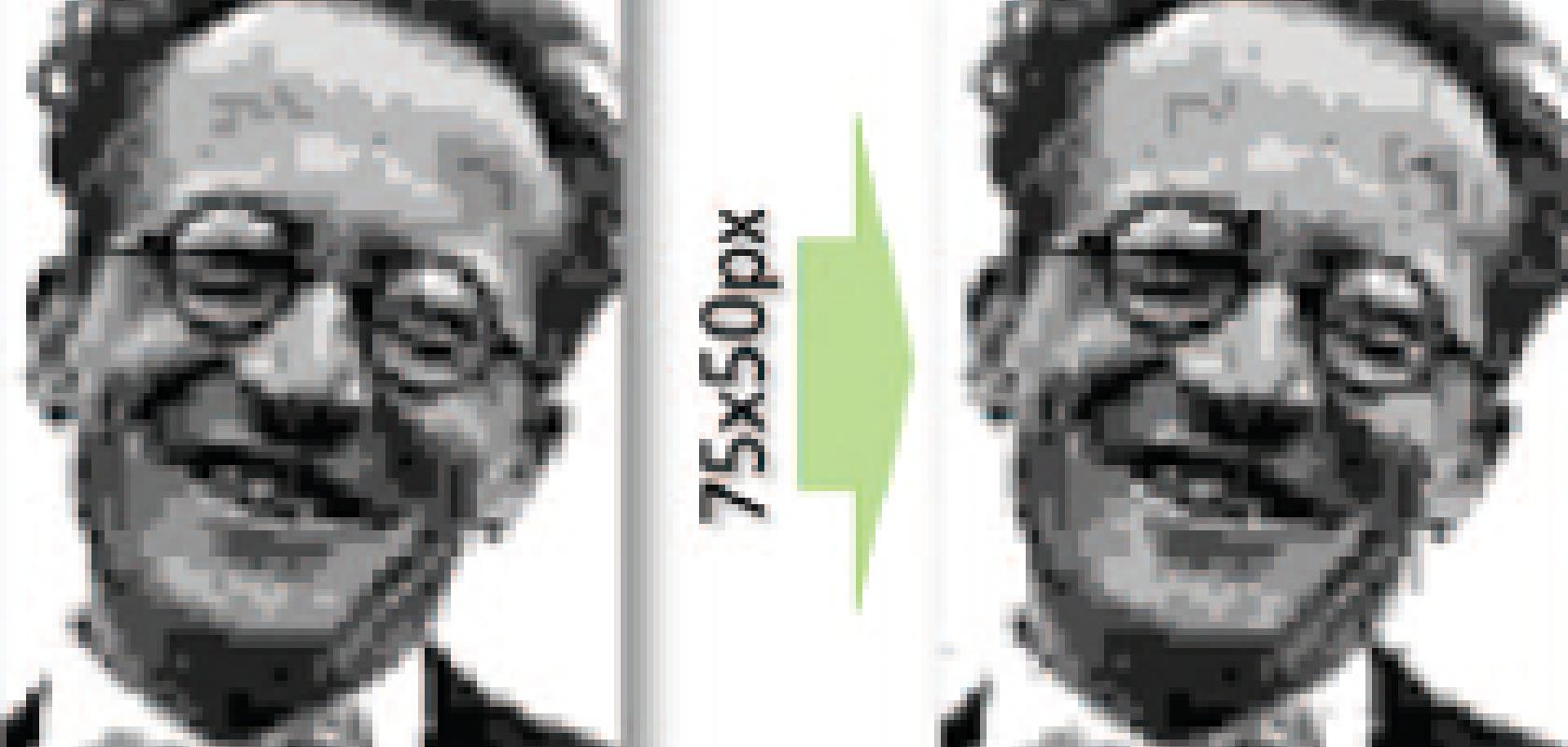Scientists at the University of Vienna, Austria, have transmitted light signals with different spatial modes 3km across the sky above the city. The experiments show that encoding information in the spatial phase distribution of a photon, known as the orbital angular momentum (OAM), can survive when transmitted through a turbulent atmosphere, which extends the potential uses of encoding data in this way to areas like satellite and quantum communication, for instance.
The group sent black and white images of Wolfgang Amadeus Mozart and the Austrian physicists Erwin Schrödinger and Ludwig Boltzmann across Vienna, encoding the images with light carrying OAM, which has a twisted or helical wavefront.
The advantage of using different spatial light modes is that it offers the potential for an infinitely large number of light states and therefore the ability for higher data rates than classical communication. Encoding information using the polarisation of photons has also been shown as an option, although this only offers two states: horizontally or vertically polarised.
‘Theoretically, at least, there are an unbounded number of states where you can encode information [using OAM],’ explained Mario Krenn, who worked on the research in the group of Professor Anton Zeilinger at the University of Vienna. ‘This is super interesting for communications. Experiments have been carried out recently that have shown when this [OAM] is combined with well-known classical techniques, for instance with wavelength division multiplexing, you can reach data rates of terabits per second.’
The question then becomes how to transmit this information. Conventional fibres destroy the additional degree of freedom, but there have been studies within the last year creating fibres where at least the first three modes of the angular momentum remain distinguishable, noted Krenn.
However, there are situations where fibre-based communication is not accessible, such as satellite communication or quantum communication. Krenn is working at the Institute for Quantum Optics and Quantum Information at the Austrian Academy of Sciences and said that fibre-based technology is generally not considered the solution for long-distance quantum communication, i.e. over hundreds of kilometres.
‘Many were interested in what happens to those [OAM] modes in the atmosphere, so, can they survive atmospheric turbulence?’ remarked Krenn. ‘There have been several theoretical studies and experiments into this, but there haven’t been any clear answers. Some research even suggested that the information encoded in these modes might degrade after 1km.
‘We had a simple idea of how to encode the information in this degree of freedom, and with this simple way of encoding we were able to use a much simpler detection scheme. With this detection method, we showed that those modes actually do survive in the atmosphere,’ he added.
Instead of using a coherent phase-dependent measurement, the researchers used an incoherent detection method where information about the modes – +1 or +2, for example – can be obtained directly from the intensity pattern.
The study used intense light because it employed density-based detection, but theoretically data could be encoded in single photons. The work is still very much at the fundamental research level and this experiment was only designed to test whether the modes would survive travelling through the atmosphere. The scientists were able to distinguish 16 different OAM mode superpositions with an error rate of 1.7 per cent.
The experiment certainly wasn’t fast: around 1kb of information was transmitted, which took several minutes to complete. ‘But many people are excited about this additional degree of freedom; it offers theoretically the possibility to go to very fast communication,’ commented Krenn, citing the work demonstrating terabits per second data rates using orbital angular momentum multiplexing. ‘Fast information is definitely not what our experiment was about. We just wanted to see: does it work in the atmosphere?’
Krenn is interested in what happens to these OAM properties at the single photon level for quantum communication. ‘We conduct experiments where we try and verify entanglement between two photons at different places encoded in the orbital angular momentum degree of freedom,’ he said. ‘For entanglement, you not only have two states, but you can have higher states, called high dimensional entanglement. These are experiments that we already do in the lab, but maybe this also works over long distances. This might be the logical next step.’


